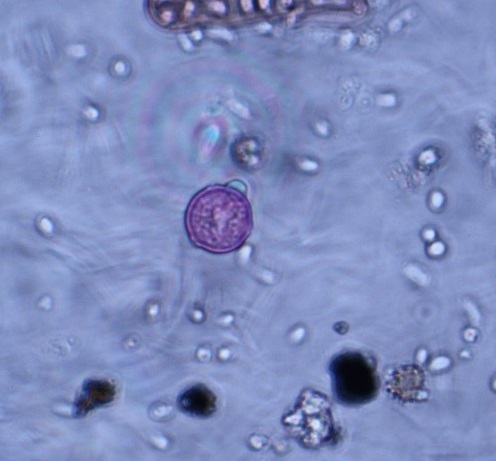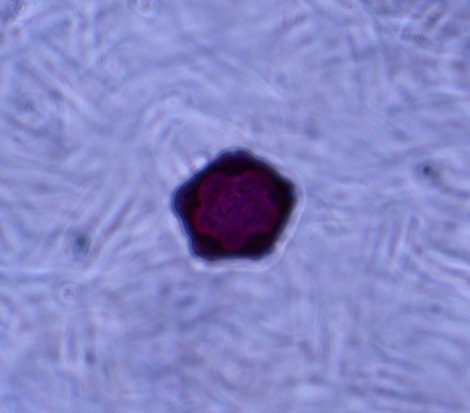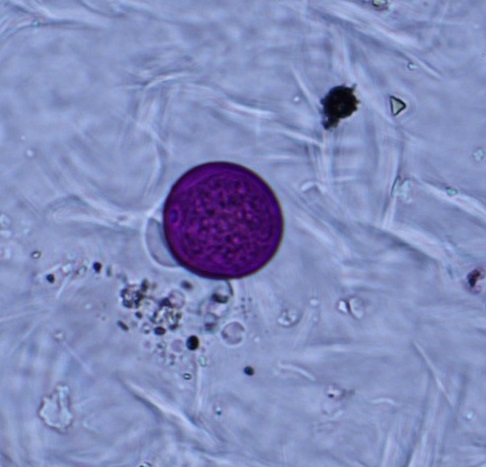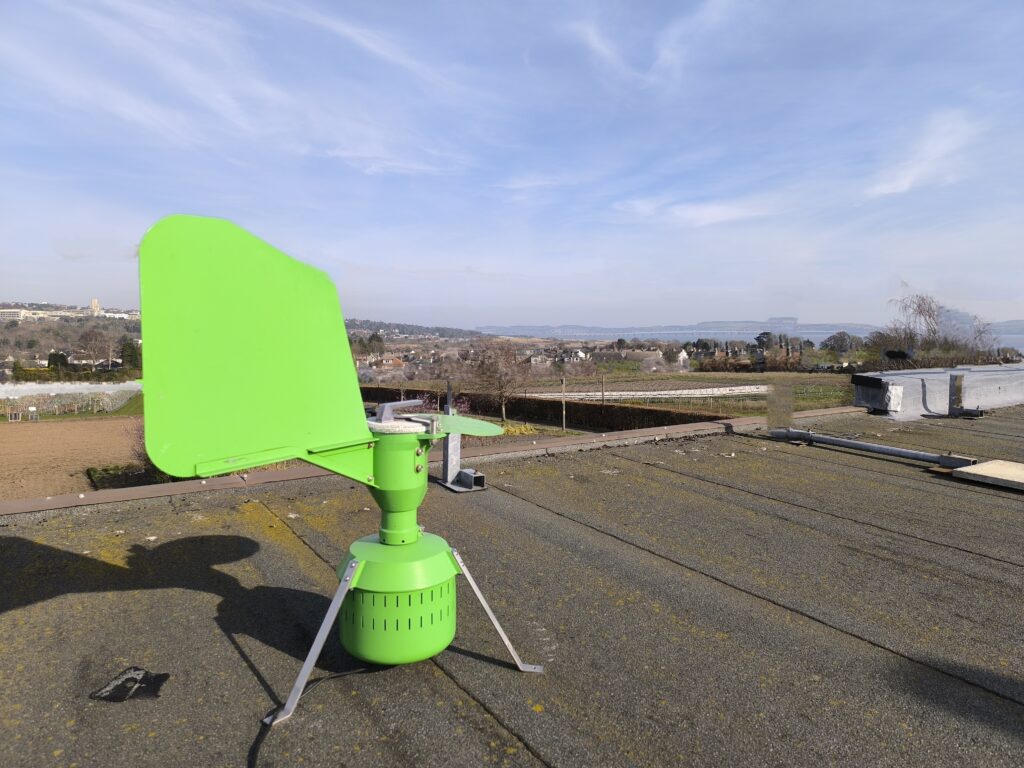The annual pollen count begins at The James Hutton Institute
As the hayfever season approaches, scientists at The James Hutton Institute, have begun their daily monitoring of the pollen count from 12 species of plants and trees that can cause hayfever.
They will report on the air quality and fungal spore count each day until the end of September.
The Hutton is a world-leading scientific research organisation. Its cutting-edge science facilities, including state-of-the-art laboratories and field stations, allow it to conduct experiments and gather data that inform policy decisions and shape future innovations.
It has been a member of the UK Pollen Monitoring Network, run by the Met Office, for over 30 years, making it one of the longest serving members. As one of only two pollen monitoring sites in Scotland, their data is used for national pollen forecasting for central and eastern Scotland, while data from the site at Eskdalemuir is used for pollen forecasting across western Scotland.
Using the information gathered by this national network, alongside their own weather data and the expertise of other organisations, the Met Office produces a daily pollen forecast, reporting levels as either Low, Moderate, High or Very High.
Dr Roy Neilson, Group Leader Plant Soil Interactions, who oversees the project, said, “Allergens carried in airborne pollen are associated with both asthma and hayfever, resulting in reduced productivity with an annual cost to the UK economy of around £3 million. Forecasting is therefore an essential tool to provide advanced warning of an impending pollen event, which is supported by the pollen data collected by the Hutton.”
“Allergens carried in airborne pollen are associated with both asthma and hayfever, resulting in reduced productivity with an annual cost to the UK economy of around £3 million.”
Dr Roy Neilson, The James Hutton Institute




The Hutton’s pollen counter sucks in 10 litres of air every minute. The number of grains of pollen per cubic metre, are recorded over a 24-hour period.
The pollen season separates into three key periods.
- Tree pollen, late March to mid-May
- Grass pollen, mid-May to July
- Weed pollen, end of June to September
